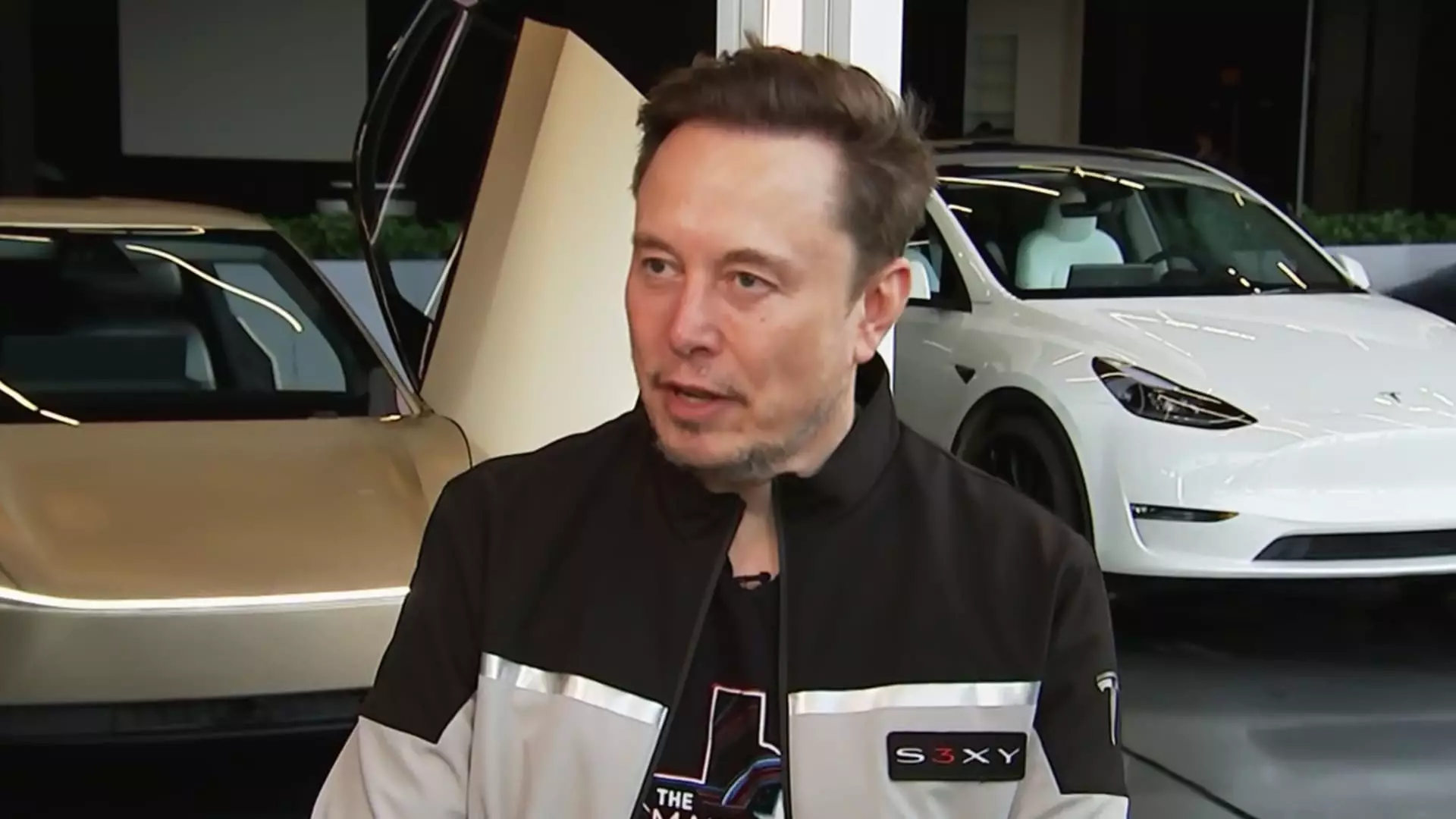In an ambitious announcement that has electrified both fans and detractors, Tesla CEO Elon Musk has affirmed that the company’s much-anticipated robotaxi initiative will commence operations in Austin, Texas, by the end of June. This marks a significant moment not only for Tesla but for the future of urban transportation as a whole. In a recent dialogue with CNBC, Musk revealed plans for the initial deployment, where a mere ten Tesla Model Y vehicles will start this revolutionary endeavor. However, this small-scale launch could rapidly expand into a fleet of thousands if this initial test runs seamlessly without any incidents.
Musk’s plans come after years of grand promises, often met with skepticism, where he has claimed that a self-driving vehicle capable of full autonomy—driving passengers without human intervention—was just around the corner since 2016. The forthcoming “FSD Unsupervised” technology is poised to be the key enabler of this concept. The concept of replacing conventional human drivers with AI-driven vehicles meets a crucial test as Musk openly admits that this daring venture requires cautious optimism.
Learning from Success: A Methodical Approach
Tesla’s approach to rolling out its robotaxi service appears deliberate. Musk has indicated a strategy grounded in starting small to gain valuable insights before triggering wider implementation. The method of employing a limited geographic area—referred to as geofencing—adds an additional layer of caution. Initially, the Model Y vehicles will be confined to specific zones in Austin, with Tesla employees overseeing operations remotely to monitor performance constantly. This careful observance underscores the principles of risk management and gradual scaling in an industry fraught with regulatory and technological uncertainties.
Comparatively, Alphabet’s Waymo currently leads the commercial autonomous driving sector, already executing over 250,000 paid rides weekly in various U.S. markets. However, Musk is confident that Tesla’s approach—leaning on camera systems and computer vision in place of expensive, cumbersome lidar or radar technology—represents a superior alternative. He argues that the optimal solution for urban driving scenarios lies in “artificial intelligence, digital neural nets and cameras.” This assertive stance posits Tesla not only as a competitor but as a likely innovator in the domain of robotaxis.
Navigating Political Waters and Business Challenges
Musk’s visibility as a public figure has not come without a fair share of political ramifications. His direct engagements with political figures, especially his role as a key advisor during the tenure of President Trump, have subjected the Tesla brand to complex criticism. Amidst falling electric vehicle sales—reported to have decreased by 20% this past quarter—Musk contests that the decline resulted from necessary factory retooling rather than any backlash stemming from his political involvement. Wrapping his message in a layer of defiance, Musk asked rhetorically whether consumers truly care about a CEO’s political opinions when considering a purchase of an electric vehicle.
Yet, the pulse of consumer sentiment seems sensitive to such controversies. Tesla’s efforts to pivot from a tumultuous beginning in 2025, combined with Musk’s resolve to steer the company for at least another five years, signals a steadfast commitment to innovation despite the rocky landscape. As the world increasingly veers towards sustainability, can a business, however iconic, thrive amid both political and economic turbulence?
The Impending Future of Urban Mobility
Tesla’s approach invites speculation about the future landscape of mobility. As urban centers grapple with congestion and infrastructure pressures, the rise of robotaxis as a viable transportation option redefines not just how people move but also how cities function. Could this model serve as a catalyst for broader shifts towards automated transportation ecosystems?
Musk’s confidence in launching a scalable robotaxi fleet without retaining human drivers reflects a broader faith in technology’s capacity to deliver on its promises. While the apprehension surrounding autonomous vehicles is certainly justified, especially concerning safety and regulatory frameworks, there exists an equally potent narrative advocating for the safety and efficiency potential of AI in transport.
In the coming weeks, Austin will become a global focal point for the robotaxi revolution, setting the stage not only for Tesla but for competing companies as well. As stakeholders watch closely, the outcome will likely guide future pivots across the transportation sector, illuminating just how fast we might arrive at a future where our vehicles truly drive themselves.


Leave a Reply